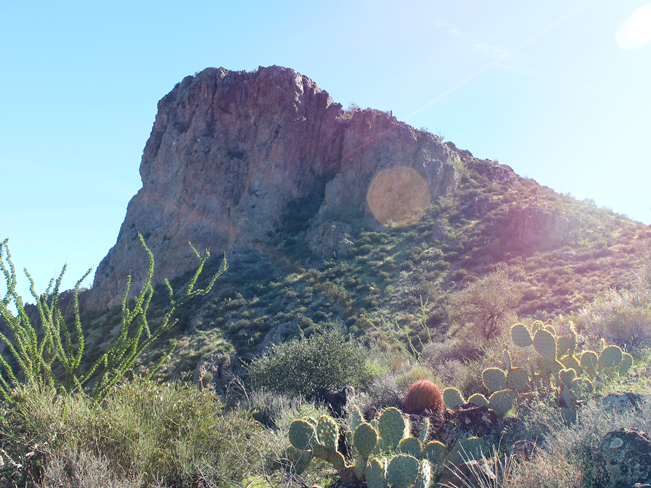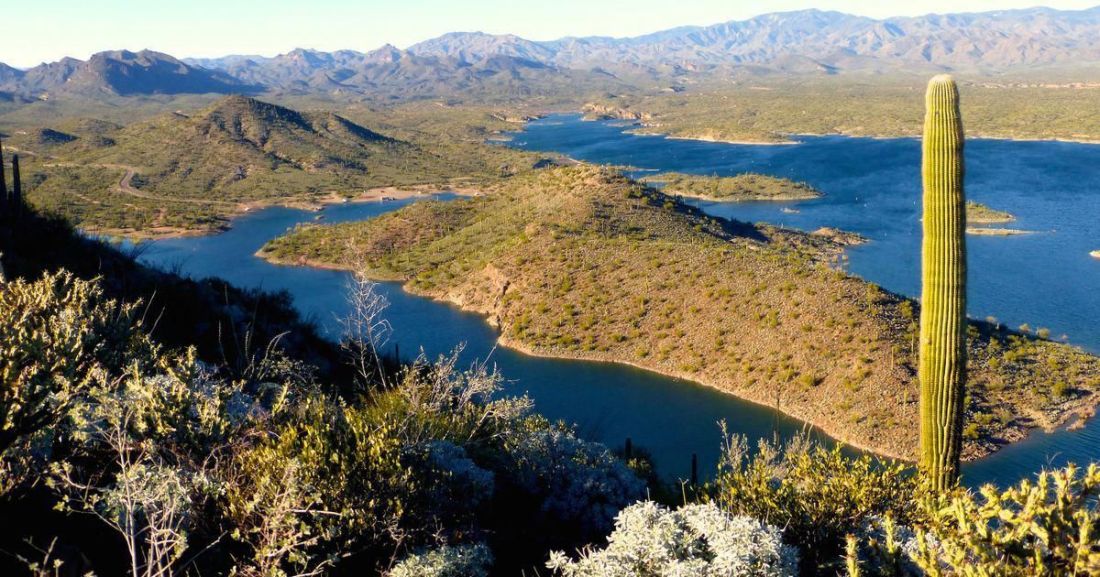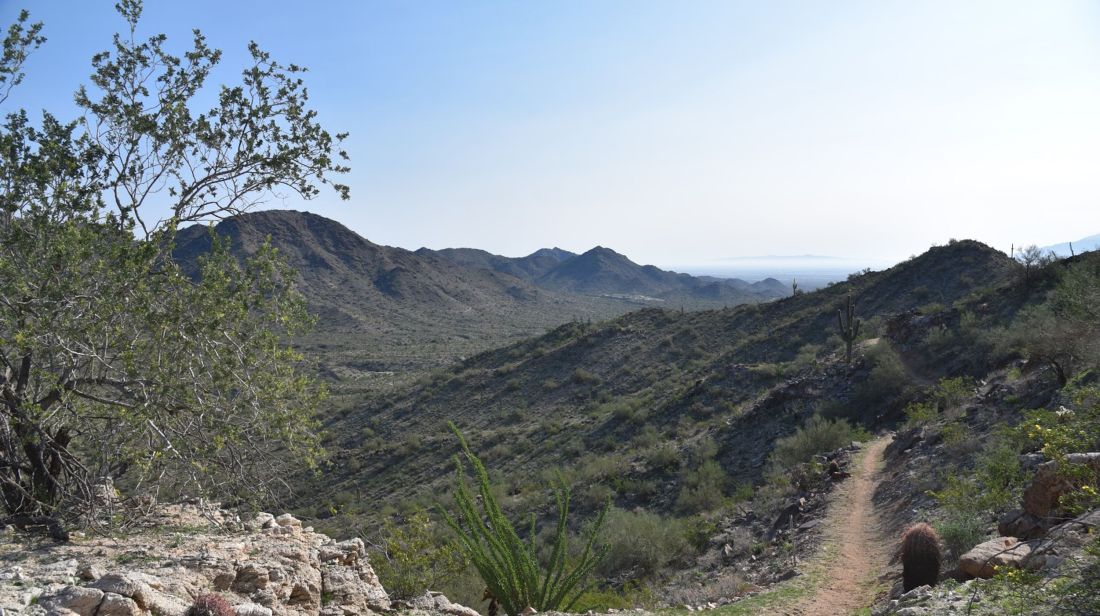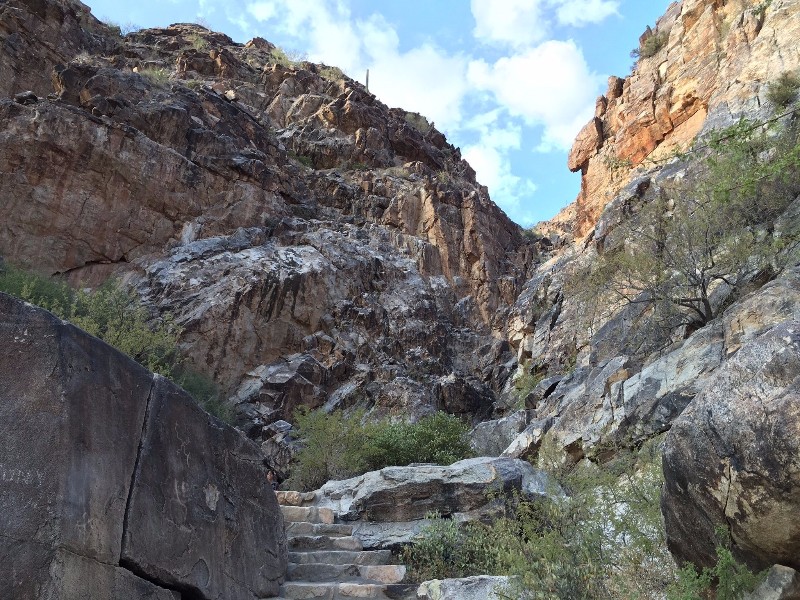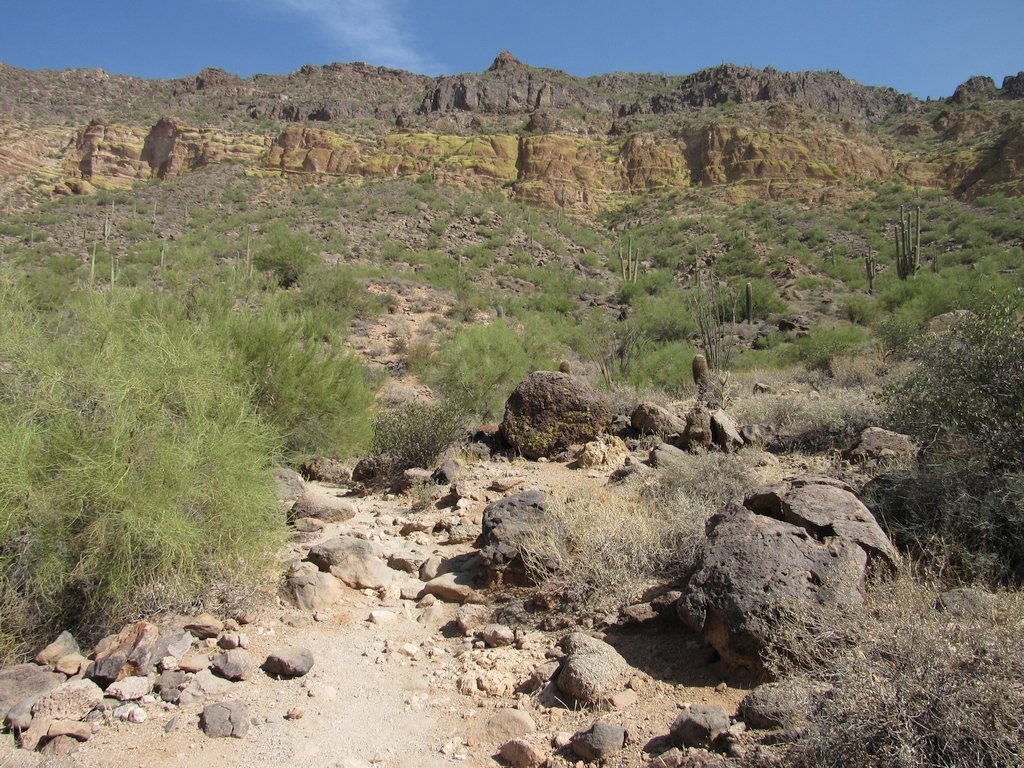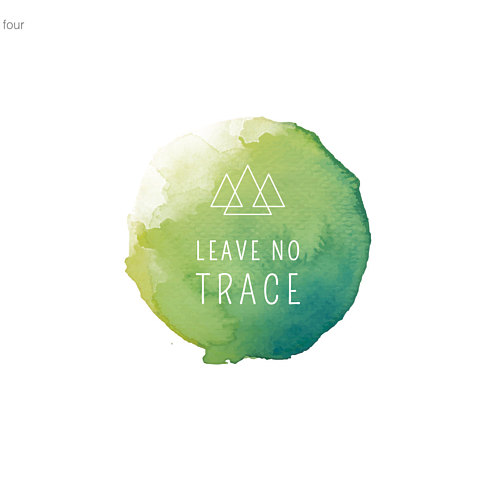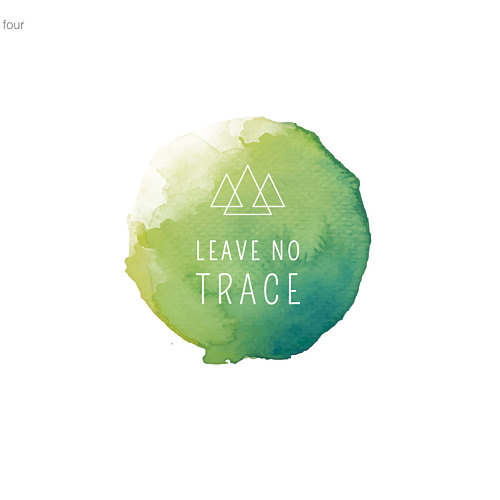I’ve been avidly exploring the outdoors for nearly 5 years and I will admit, at least 3.5 of them I sought out being alone most of the time. I loved the solitude, I didn’t have to bend to anyone else’s schedule, pace, time frame. I didn’t have to feel uncomfortable in silences or worry I wasn’t saying enough or too much. I didn’t have to do a trail I didn’t want to do. I could go out in any condition I wanted. I truly, fully enjoy my own company and I had told myself: this is good enough for me. I convinced myself this was just me in my truest form: a lone wolf that was independent and didn’t need anyone else. And while I still love my solitude and am very independent….I have learned that community….is literally everything AND I had just been afraid to reach out and form connections with women because…it is scary, the risk of being rejected or it not being a good experience. Let’s face it, in our pasts, we may have had bad experiences try to “fit in” or connect with other females. And truly: I think female connection is the most powerful thing on the entire planet.
When I look around I see groups everywhere: on Facebook, MeetUp, through local businesses and organizations. What drives us to seek this out? What value does it bring us? Biologically we’ve been in groups for centuries but since I’m not a history buff I will share my personal thoughts that stem from seeking out female outdoor companions and ending up forming our own small weekly group.
About a year ago I felt like something was missing from my life: connection. I had gone through a traumatic experience and I found, while I needed healing I also craved the community of other females. I have close girl friends but I was used to spending my time alone or one-on-one, groups weren’t really in my comfort zone and made me socially anxious. I started saying yes to meeting up with new ladies I felt in my gut I would connect with and little by little…those girls would bring a friend and I would find myself in a small group that felt…safe. We’d get into conversations that would only happen in the wilderness: with no barriers up, no masks and so much vulnerability. I thrived after those days out, sharing and exploring. This blossomed into more and more experiences that weren’t alone that I valued so much I couldn’t believe I hadn’t done this sooner.
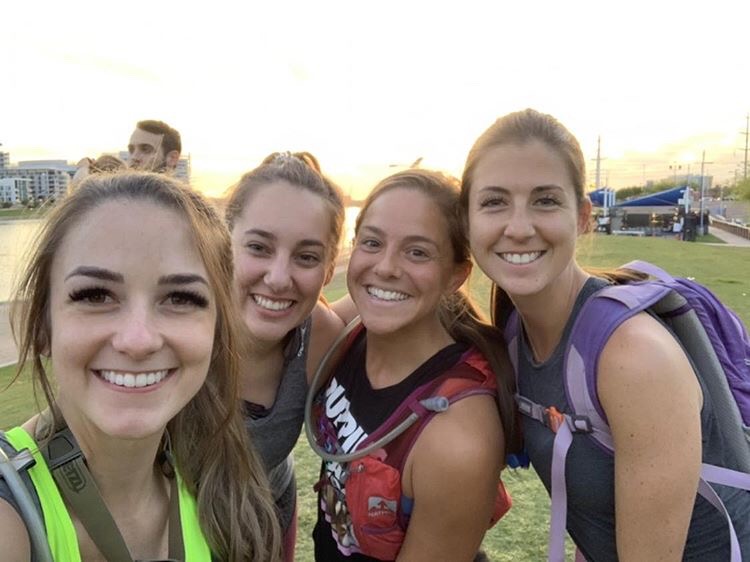
I had wanted to go to a group trail run but was intimidated to go by myself (because…so many strangers that were probably better and faster than me) when one of my friends offered to go with me. When we went, my anxieties and fears of a group of strangers began to wash away. Having one person offer helped me break down a barrier I’d had up for quite some time. We started running together and soon we realized, how many other females must feel this way? Nervous. Intimidated. Uncertain. We wanted to empower and encourage other women just like us, who truly were feeling fulfilled and capable and confident because of being together.
The first week it was three of us simply meeting at a well-known trailhead to do a small run. We knew each other well, we hit the trails and talked as the sun rise came up and celebrated after with coffee and donuts for a belated birthday. THIS. We needed this to become a tradition.
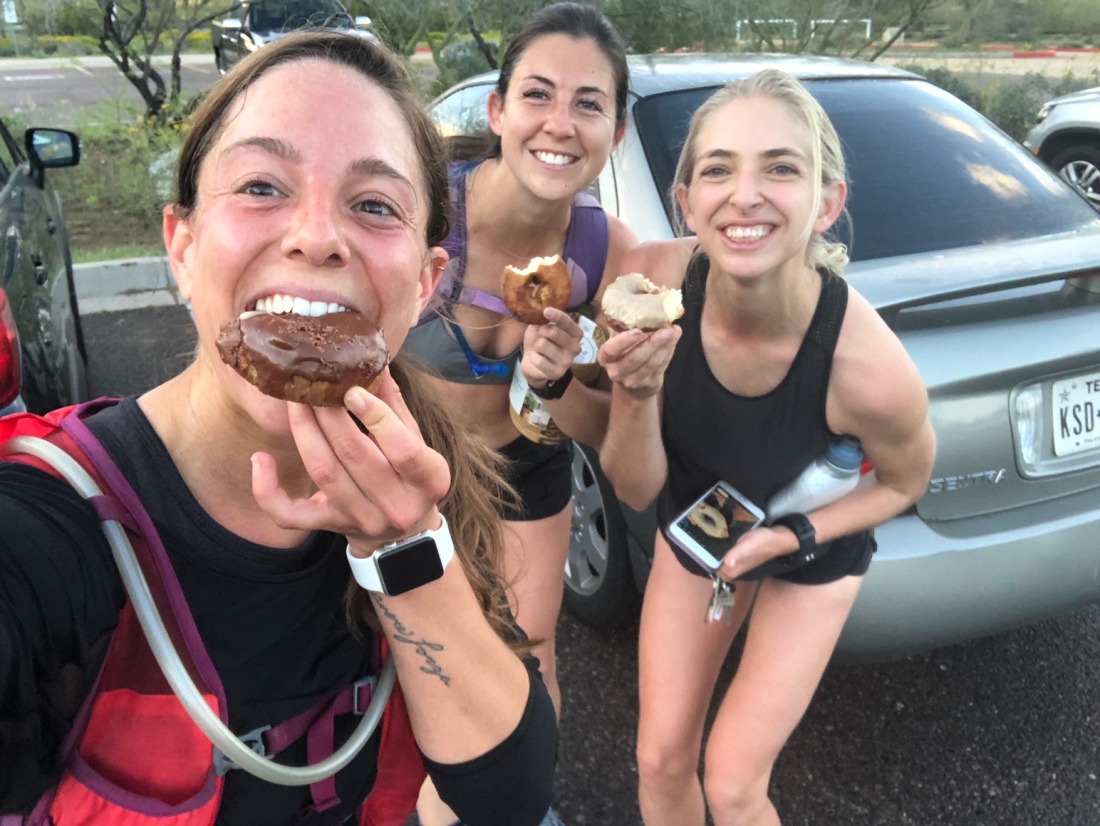
The next week there were five women….then seven….then nine. What is coming from this group we knew we needed but didn’t know would be so enthusiastically sought out? Maybe you’ve been wanting to go out and join one of the group meet ups or ask to join some ladies or invite other ladies to join but are too nervous to do so. Maybe you’re wondering… what is there for me to truly gain from being a part of a group? Especially of all women?
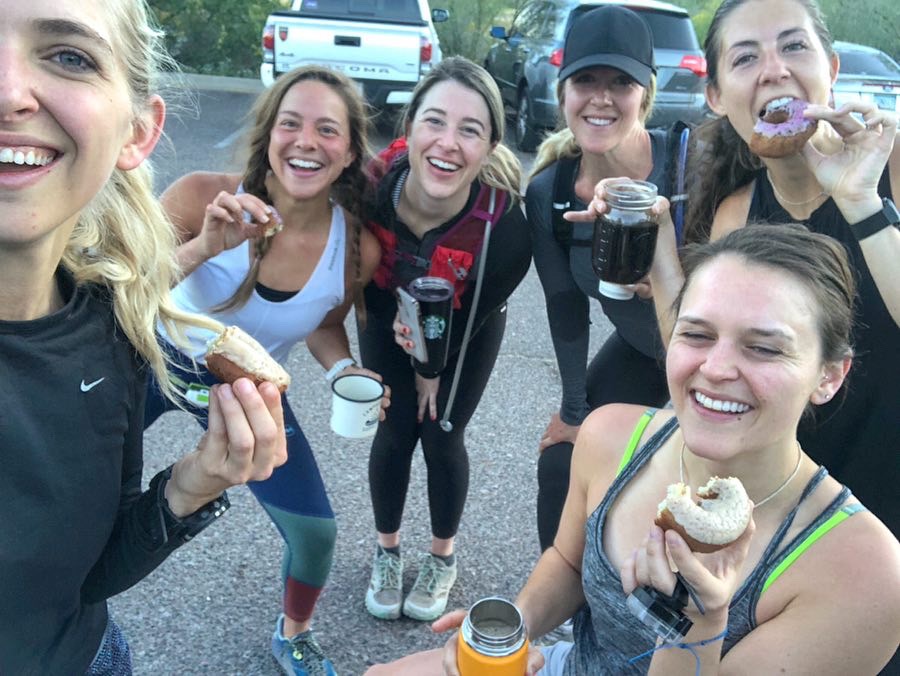
Authenticity. Connection. Accountability. Growth. Goals. Support.
- Authenticity — It can be hard to reach out and ask to join something or invite others to join You. It takes so much to put yourself out there and take the risk. We come out here with the simple goal to spend time with females who love pushing themselves and getting outdoors. Showing up exactly as you are and meeting new ladies that you can learn from and lean on. It’s an open invite and welcoming people warmly is the most important thing.
- Connection — there is no better place to make deep connections than in nature. Setting up this group, it was destined to bring genuine, deeper discussions that fosters bonds that go beyond a “hey how are you?” kind of talk. Instead of feeling like a “lone wolf” you feel like you’re a part of something bigger, where everyone wants you there and you belong. Belonging is essential to us. We need love, we need to be heard. We need to be seen.
- Accountability — Having a set day every week makes it easy to get into a routine. There is also a slight amount of FOMO (Fear Of Missing Out) that can come up if you think of backing out because honestly, seeing everyone together with coffee and donuts after makes it worth it. It means you are expected and wanted to show up and therefore, you begin to hold yourself to the accountability of attending. It feels good. You feel good. It’s a win win.
- Growth — You’re guaranteed an hour of exercise and honestly, seeing each other push themselves, hearing what other people are pursuing winds up inspiring others to set their own goals, reach for new ones and achieve things they didn’t think they could. As I like to say, “it takes ONE person to tell you you’re capable, for you to start believing it”. Having a group of cheerleaders makes you feel like you can truly do anything. Watching multiple ladies say “I’m want to hit my first half marathon, this is my first five miles, I want to run my first race, this wouldn’t be happening without you all” — that is everything.
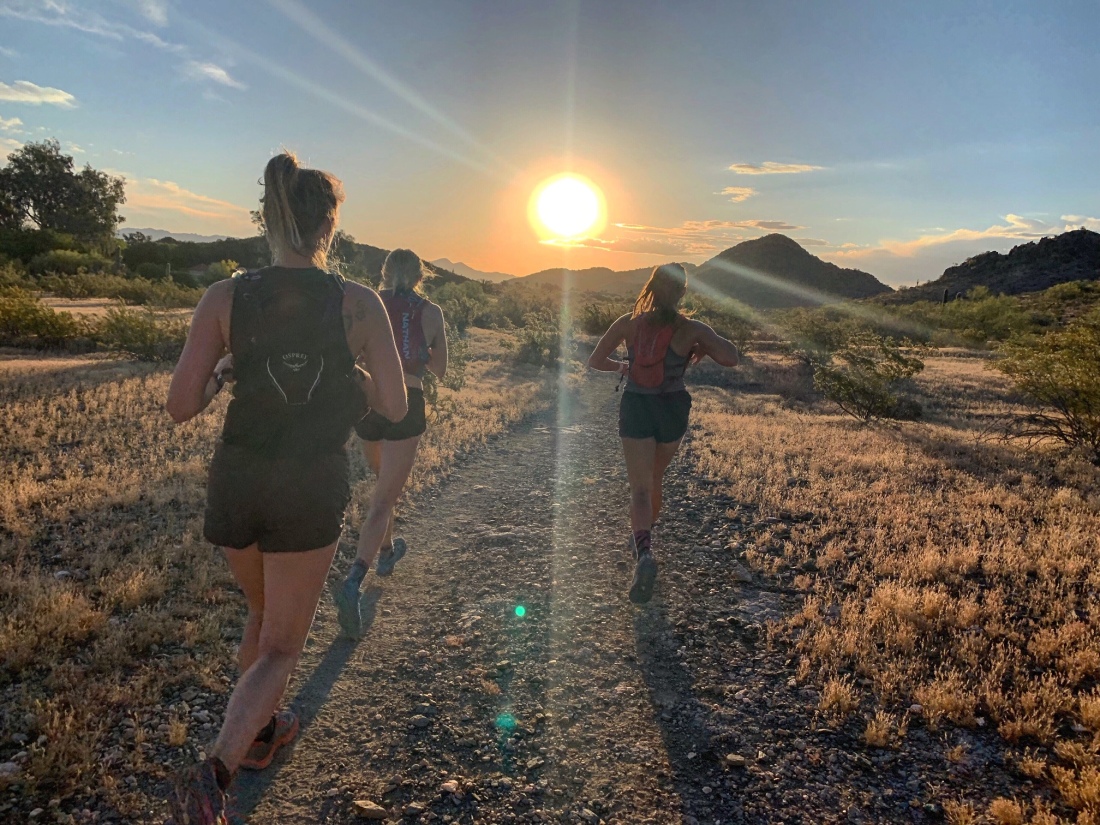
- Support — Creating these bonds means you can struggle and share, ask for advice, ask for comfort and naturally people will reach out to be there for you. They want to support your goals, your achievements, your struggles and challenges. There is nothing more powerful than having people accept you and show you they are there for you no matter what.
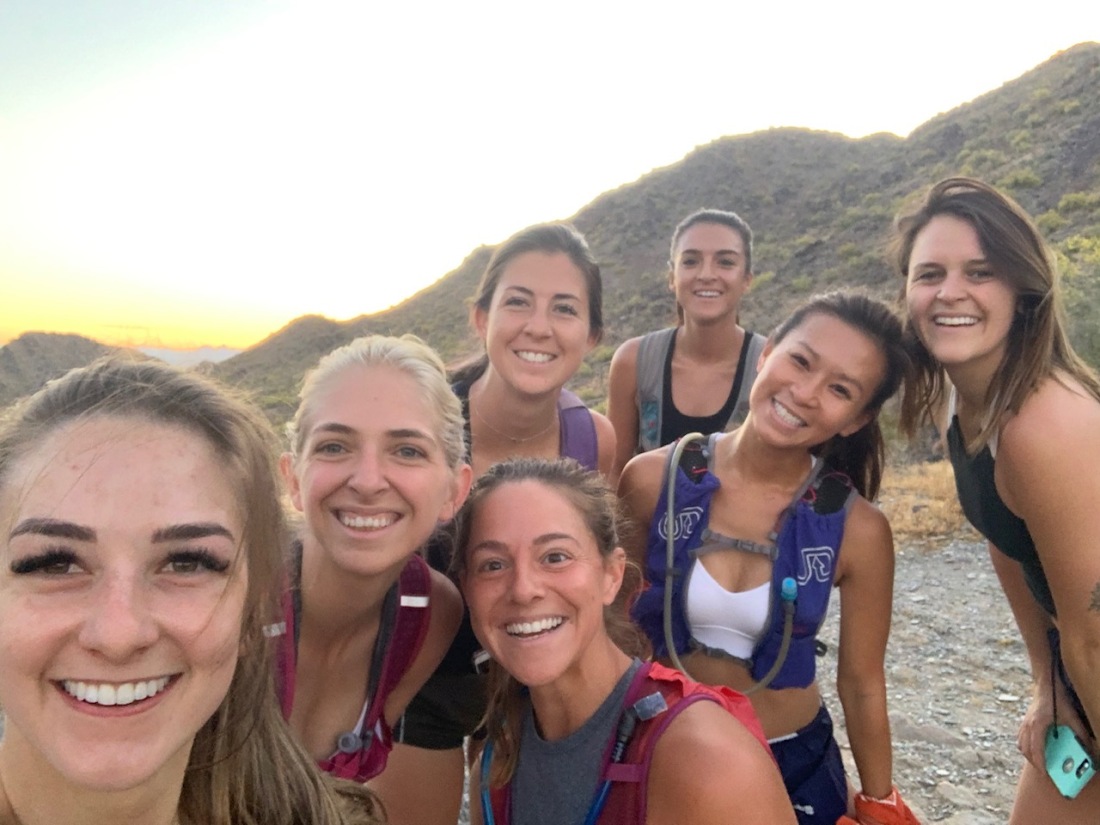
We are all looking for some sort of connection and in this group, it is happening. If you’ve ever considered attending a group meetup for hiking or running, please go. Go and put yourself out there. Try the new sport. Go to the painting class. Learn the new language. Reach out to the girls you want to join in the outdoors. Foster the connection because so much growth and good comes from it.
Do you have any experiences from joining these groups outside that have made you better or have become huge positives in your life? Please share!

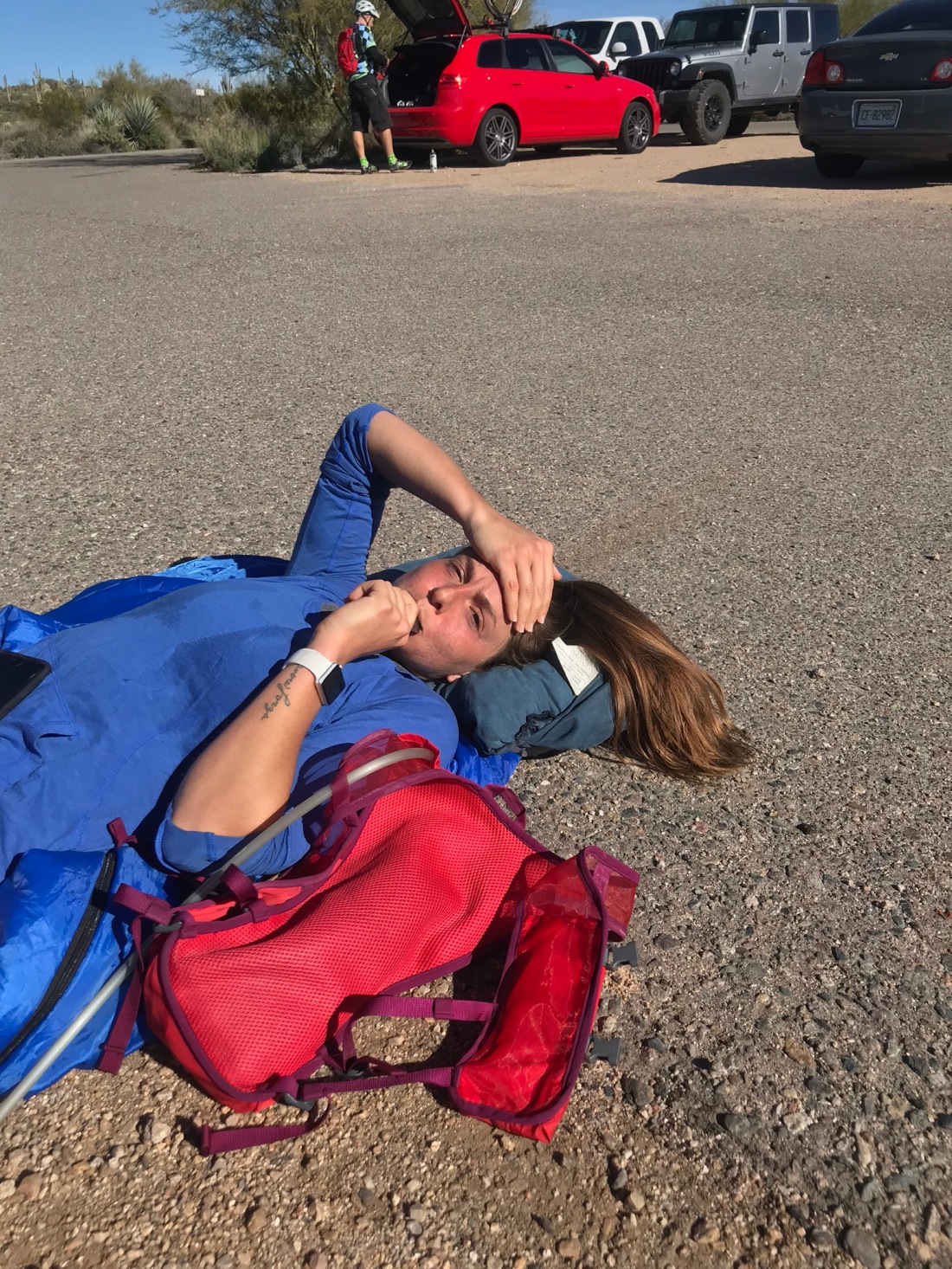

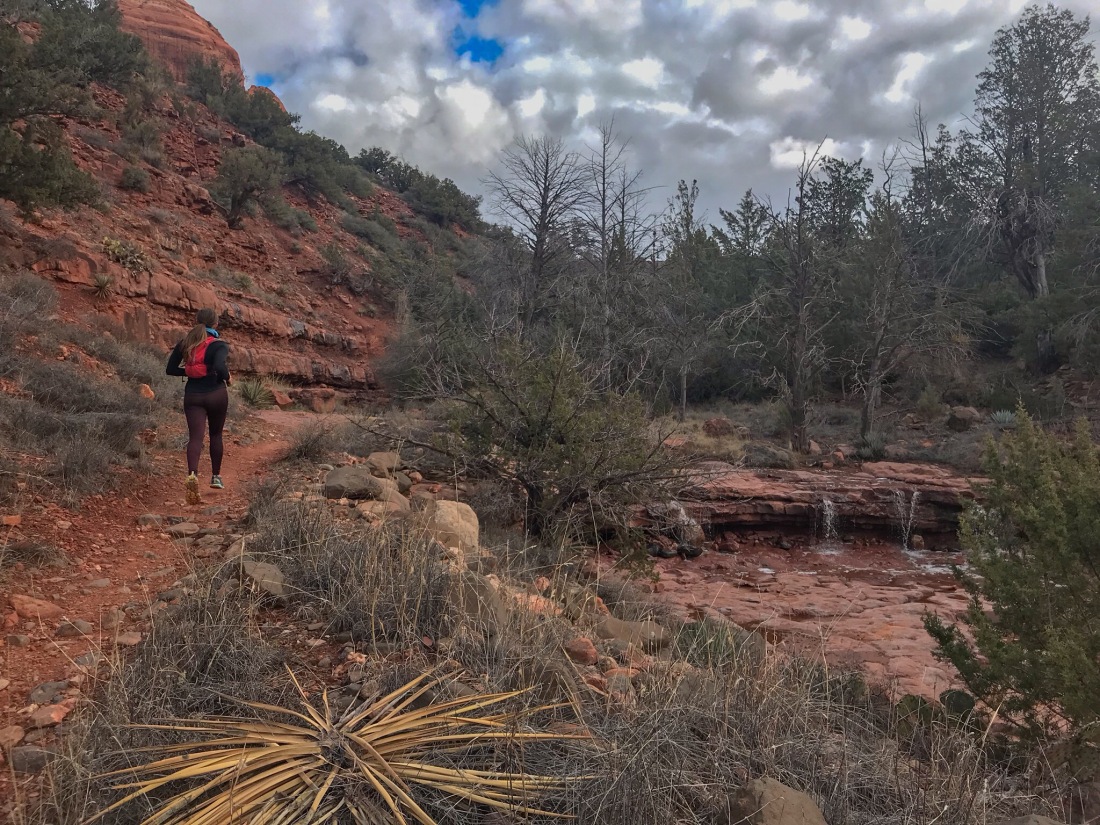

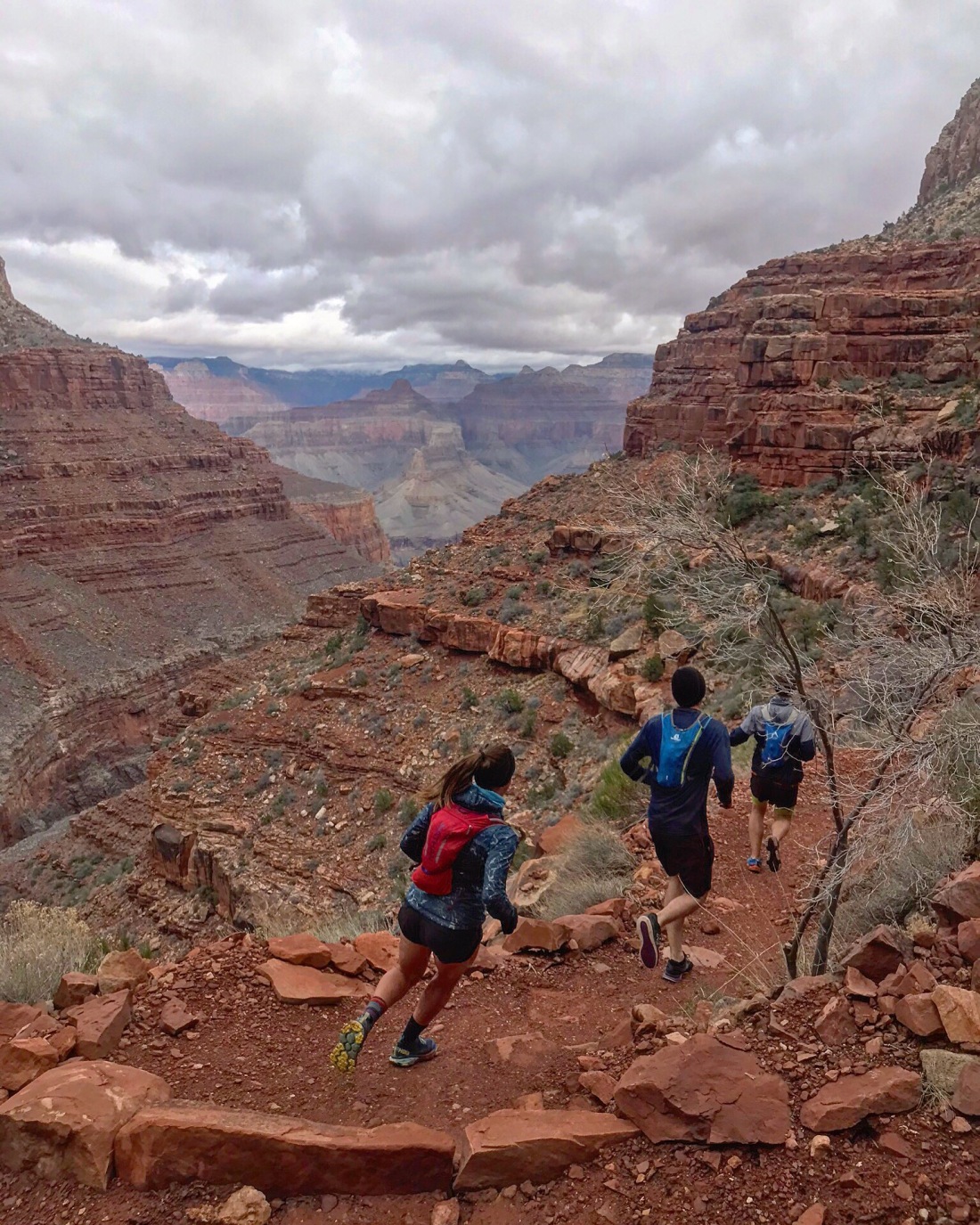

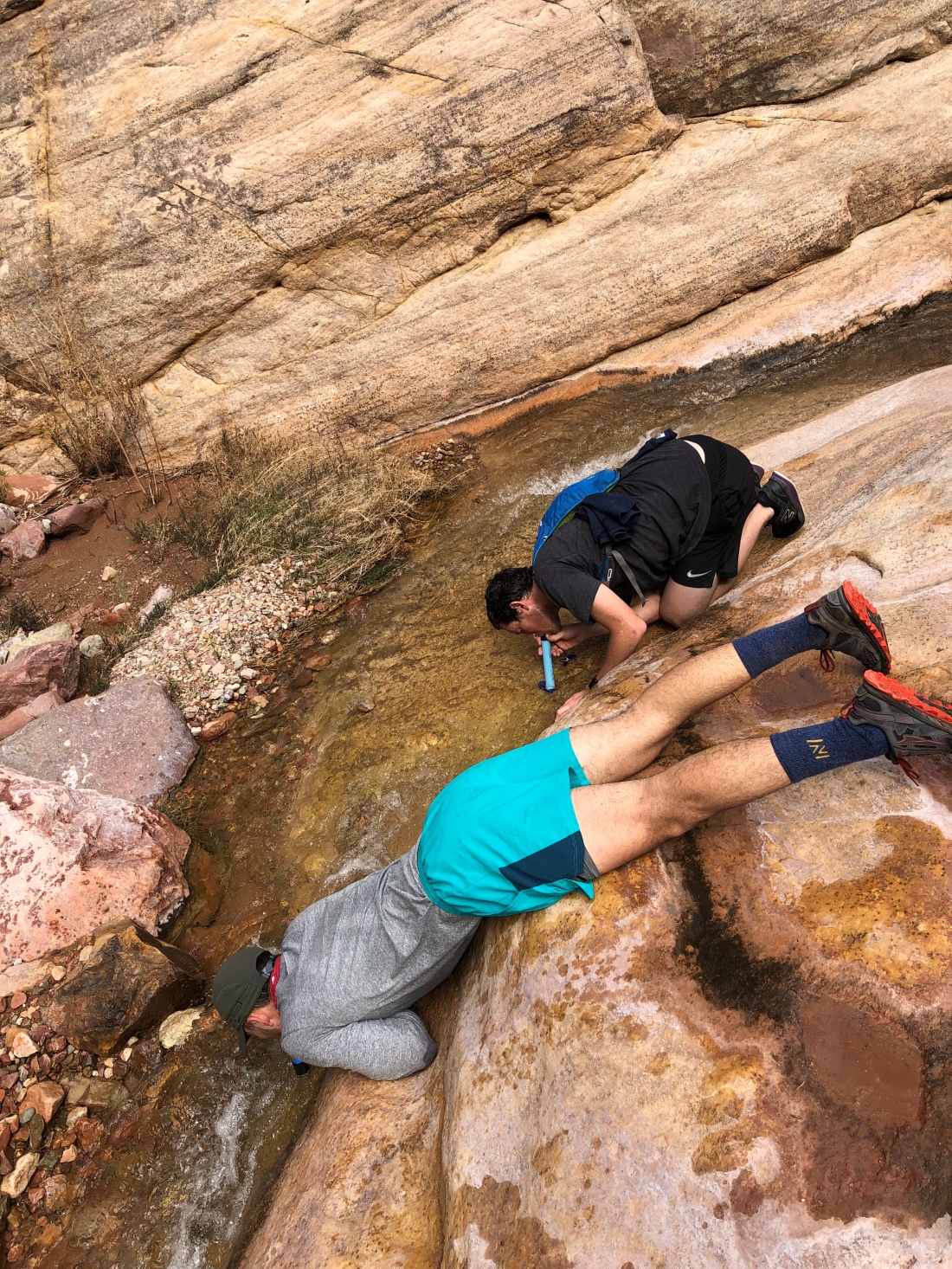
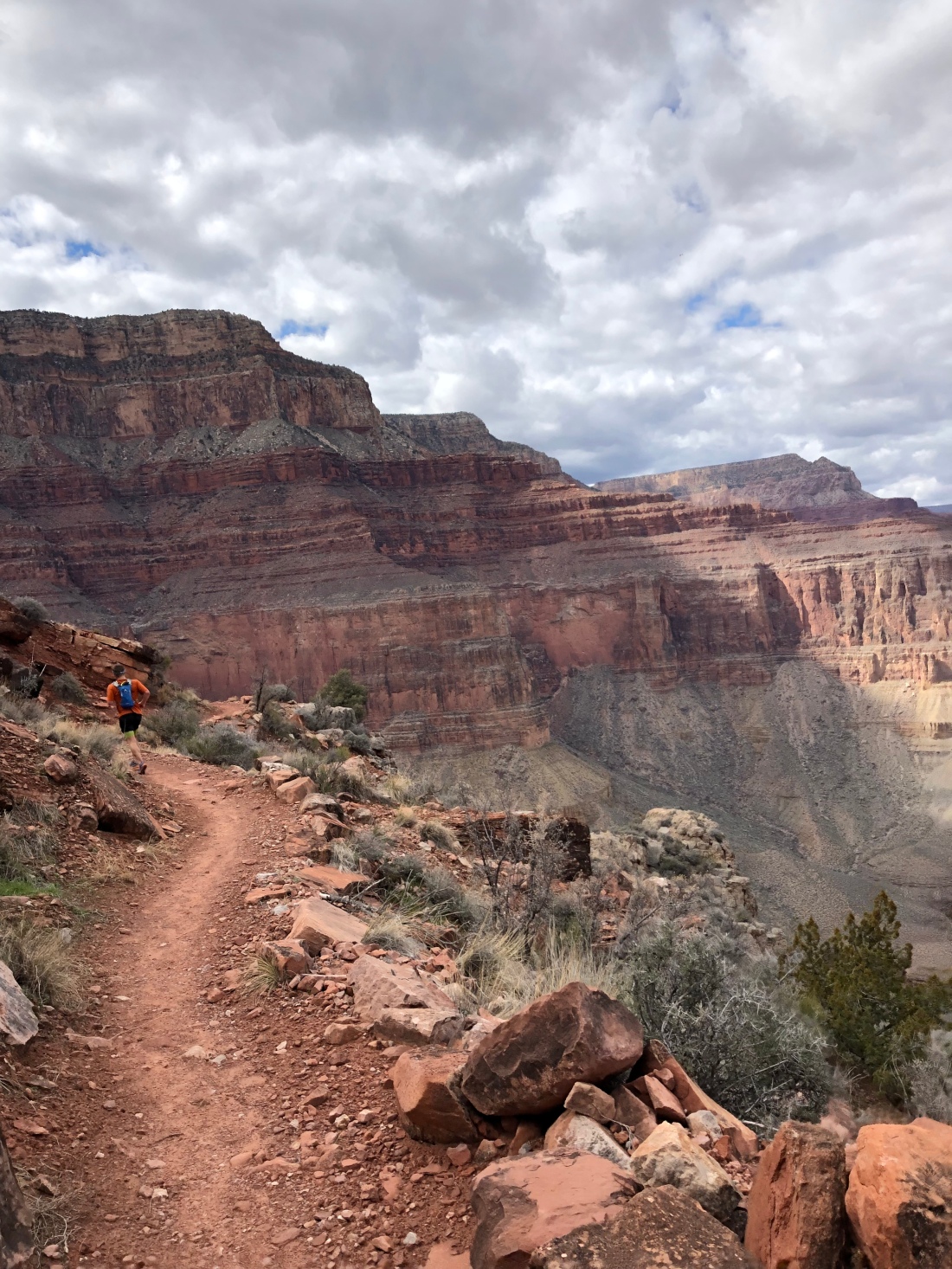


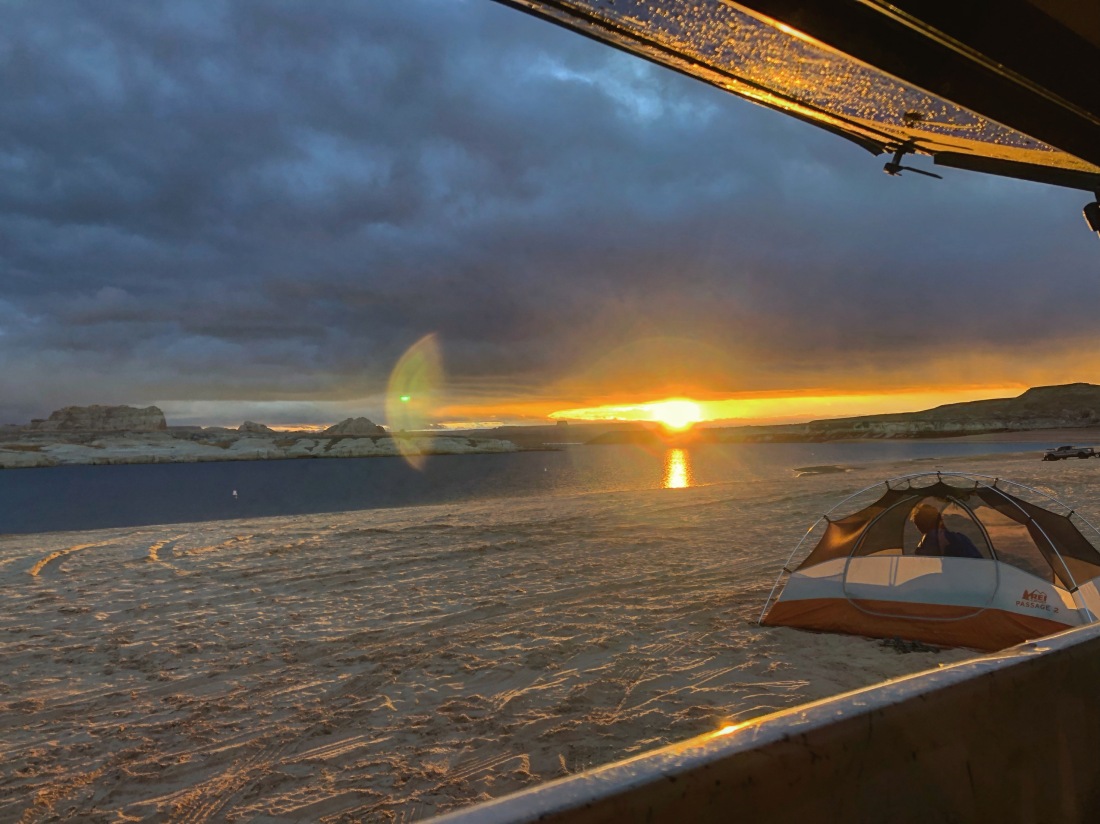
 We got 15 miles in the backcountry, seeing beautiful formations and also a lot of dark, ominous clouds rolling around to the north of us. When we reached the cars, beers were cracked and everyone put their feet up to enjoy the efforts we’d just put in on hills we hadn’t expected to be so steep. The rushing water we had seen to our left when we had gotten to the trailhead was still going strong, beginning to web off into small slews to the right and left of the main force. We began talking about food..burgers…fries…and packed up our things to venture back to town for our reward.
We got 15 miles in the backcountry, seeing beautiful formations and also a lot of dark, ominous clouds rolling around to the north of us. When we reached the cars, beers were cracked and everyone put their feet up to enjoy the efforts we’d just put in on hills we hadn’t expected to be so steep. The rushing water we had seen to our left when we had gotten to the trailhead was still going strong, beginning to web off into small slews to the right and left of the main force. We began talking about food..burgers…fries…and packed up our things to venture back to town for our reward. We reached the wash and…no road crossing. Where there had been nothing but dry rock and sand before, there was now rushing water with small rapids and mud so thick it was like a porridge. We all tried to make light of the situation as we began to accept we were stranded with no way across. The water was reaching chests, high thighs, with zero visibility to the bottom. Calls began to be made, what can we do? What are our options? We are stuck, can we get out ourselves?
We reached the wash and…no road crossing. Where there had been nothing but dry rock and sand before, there was now rushing water with small rapids and mud so thick it was like a porridge. We all tried to make light of the situation as we began to accept we were stranded with no way across. The water was reaching chests, high thighs, with zero visibility to the bottom. Calls began to be made, what can we do? What are our options? We are stuck, can we get out ourselves? 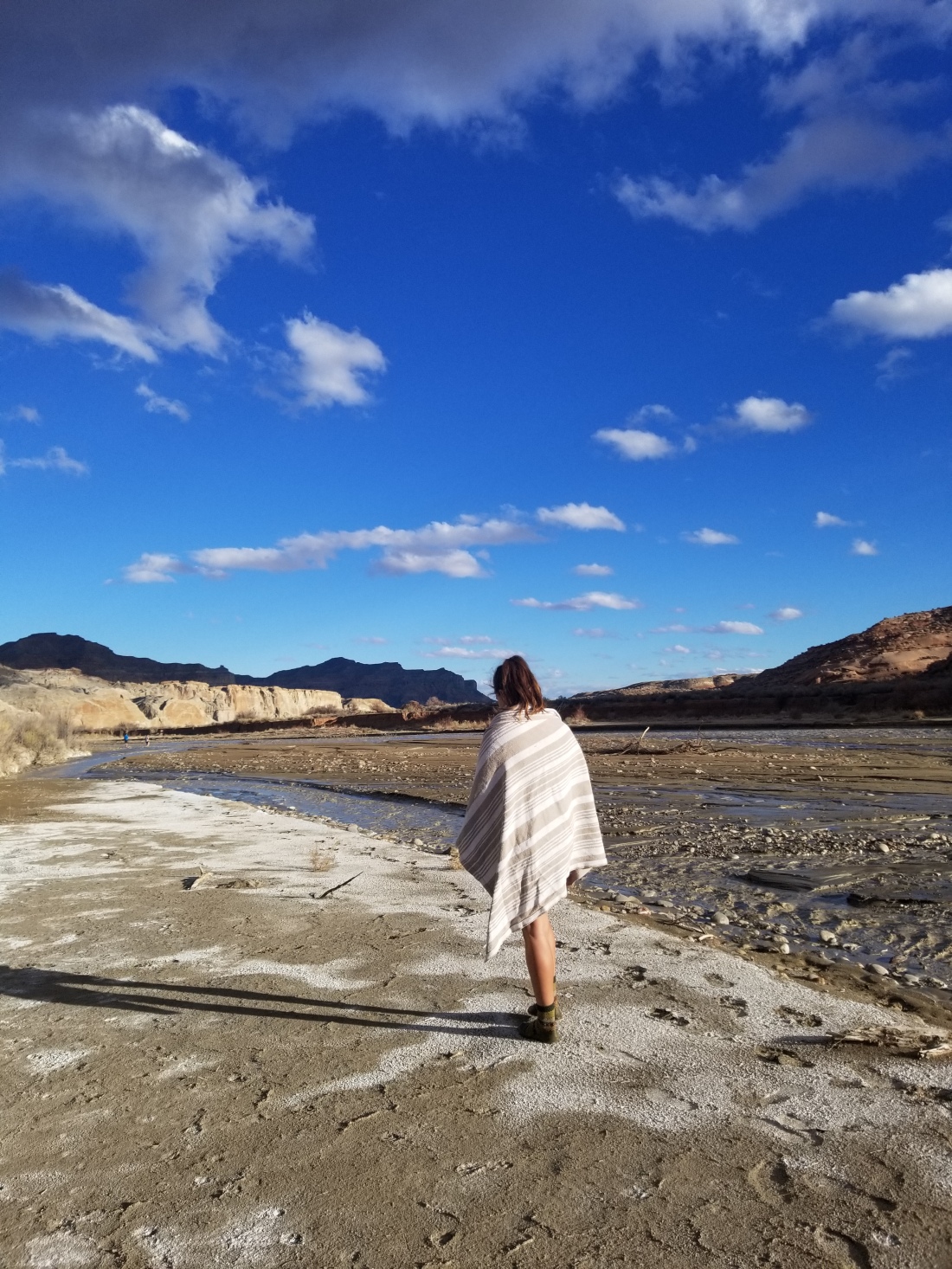 While we weren’t in danger we were still stuck. We had some water, not a ton of food but some…for now. We were more worried for more rainfall overnight or the next day to continue filling this flow. Sticks were placed into the bank to monitor water height which was steadily decreasing as the night went on. By 7, we knew we could get the 4×4 across but were really uncertain about the other two vehicles. We called a tow, driving an hour down to assist us in the night. Once he arrived he pulled the 4×4 across with ease. Next was the two-wheel drive truck, gunning the truck across the first bank which had us flying up to the ceiling as we hooped and hollered by the unexpected strength the little truck had. Everyone was slathered in mud as they got underneath the truck trying to figure out where to hook the chains before the tow began lugging us across to safety. We left the car overnight, desperately needing good sleep a shower. We tried our best to relax and recover and the next morning, returned to find…the water still shin high and flowing. The lip of the bank was broken away and the mud consumed the dry sand and rock we tried to lay down to catch tires. I couldn’t watch as our friend said she was going for it as the water was 3 inches above the body of her car. She was confident, I was bargaining with the Universe to let us successfully get out of there with all of our vehicles in tact. She powered over the first bank and gunned it across the flowing water like nothing was even there — a pro. We were so impressed, relieved and…exhausted.
While we weren’t in danger we were still stuck. We had some water, not a ton of food but some…for now. We were more worried for more rainfall overnight or the next day to continue filling this flow. Sticks were placed into the bank to monitor water height which was steadily decreasing as the night went on. By 7, we knew we could get the 4×4 across but were really uncertain about the other two vehicles. We called a tow, driving an hour down to assist us in the night. Once he arrived he pulled the 4×4 across with ease. Next was the two-wheel drive truck, gunning the truck across the first bank which had us flying up to the ceiling as we hooped and hollered by the unexpected strength the little truck had. Everyone was slathered in mud as they got underneath the truck trying to figure out where to hook the chains before the tow began lugging us across to safety. We left the car overnight, desperately needing good sleep a shower. We tried our best to relax and recover and the next morning, returned to find…the water still shin high and flowing. The lip of the bank was broken away and the mud consumed the dry sand and rock we tried to lay down to catch tires. I couldn’t watch as our friend said she was going for it as the water was 3 inches above the body of her car. She was confident, I was bargaining with the Universe to let us successfully get out of there with all of our vehicles in tact. She powered over the first bank and gunned it across the flowing water like nothing was even there — a pro. We were so impressed, relieved and…exhausted.